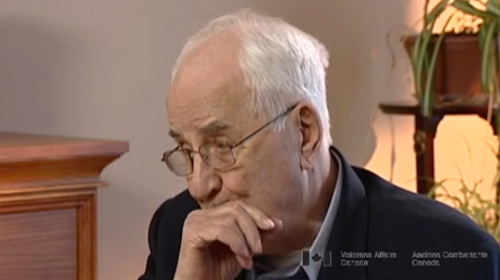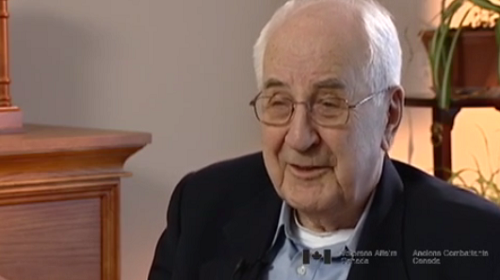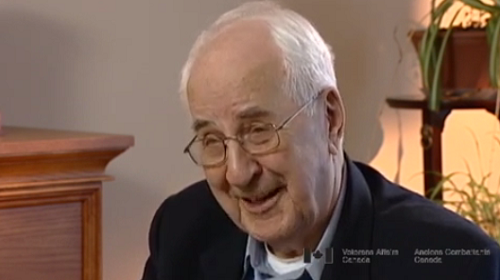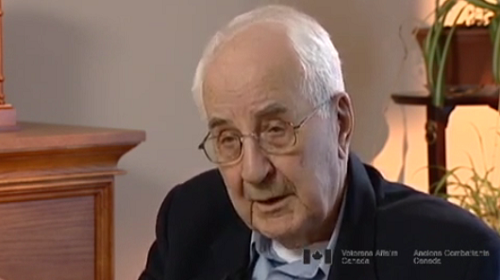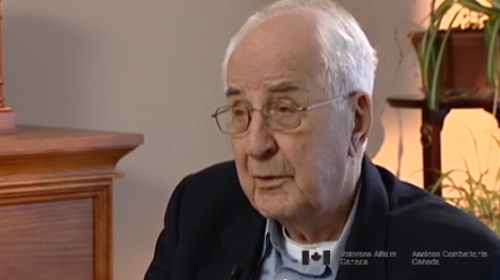Training profile
Heroes Remember
Training profile
Transcript
Description
Mr. Campbell describes the various aspects of his Canadian training which led him to become an air observer in the Air Force.
William Campbell
William Campbell was born on March 14, 1920 in Almont, Ontario. His father was a First World War veteran, and his brother had enlisted when World War Two broke out. Mr. Campbell enlisted in the Haldeman Rifles, but after not being called up he switched to the Air Force. After training in Canada, he went to England and joined a Blenheim crew. Mr. Campbell was deployed to Middle East Command, where he took part in successful bombing raids against Rommel's fuel and ammunition stores. He was then sent to the Far East to participate in the bombing runs to Burma and China. Mr. Campbell was fortunate to survive a crash landing after an engine failure. While still stationed in India he also instructed American pilots in low-level bombing techniques.
Meta Data
- Medium:
- Video
- Owner:
- Veterans Affairs Canada
- Duration:
- 1:47
- Person Interviewed:
- William Campbell
- War, Conflict or Mission:
- Second World War
- Branch:
- Air Force
- Units/Ship:
- Bomber Command
- Rank:
- Sergeant
- Occupation:
- Navigator
Related Videos
- Date modified:




